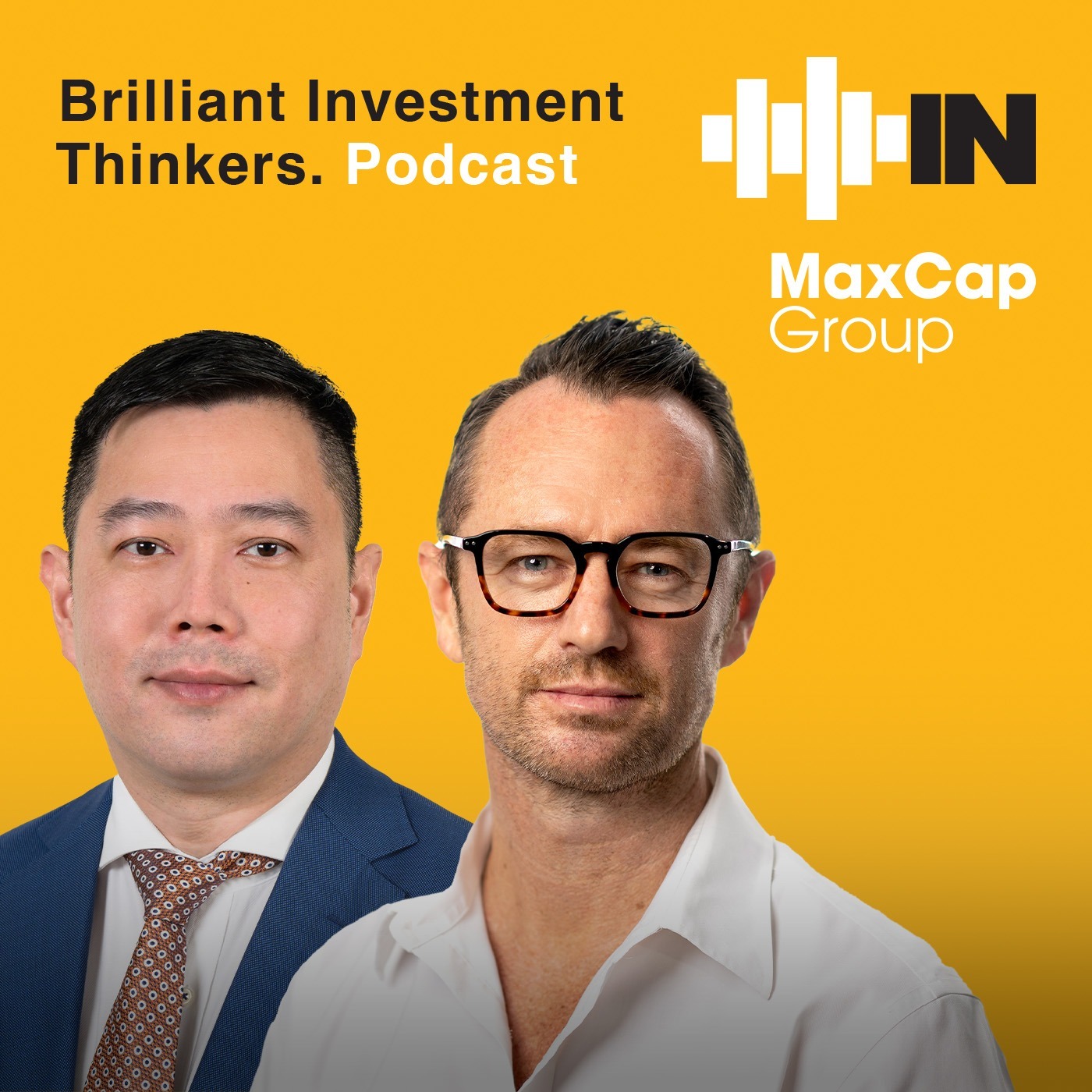The six mistakes investors (and advisers) make
Having had the privilege of working with more than 1,000 families over 20 years, not to mention seeing the portfolios recommended by an incredibly diverse range of financial planners, there are six mistakes I consistently see from both sides of the desk.
Among the biggest mistakes of all is a rigid preference to avoid investments they “don’t understand.” This can be extended to long-held beliefs about certain structures and investment strategies, as well. For example, there is still a large cohort of investors (even financial advisers) who believe investing overseas is “too risky” or “too expensive” — when it is essential for true diversification.
There are also those who completely disregard a certain investment vehicle, like a managed fund, based on preconceived beliefs on accessibility, liquidity and cost. And we can’t forget about the alternative assets like private equity, infrastructure and credit, which despite exceptional benefits, remain nearly non-existent in many portfolios.
With the proliferation of investment content and educational (not to mention sales-y) materials, in 2025 there is no excuse for investors or advisers alike to be avoiding entire asset classes or structures.
Some investors have developed a near-obsessive focus on only investing in passive, index-tracking exchange-traded funds (ETFs); conversely, some have decided they will only use actively managed funds in building a portfolio. Both have their advantages, and significant disadvantages, but history has shown there is a time for both.
While the S&P Indices Versus Active (SPIVA) Australian and global scorecards show that the vast majority of actively managed funds underperform the benchmark over the very long-term, more recent data shows they tend to outperform during periods of transition for the large global share markets, the S&P500 being a case in point. Greater concentration within indices increases the potential for active managers to outperform, but by the same brush, we should at least be looking to get the ‘average’ index return before we start looking any broader.
Cash is either king or it is not. There doesn’t seem to be a middle ground when it comes to cash balances within portfolios. There are either those who run cash down to the point they need to sell investments to meet income requirements, and those that hold so much cash and term deposits that it actively detracts from returns.
Cash, like everything, requires a policy and clear understanding of its purpose. Are we holding cash for liquidity and pension payments, or to deploy when markets fall? If the latter, then what is the framework through which this capital will be deployed? Without a framework, we are all just guessing when the time comes.
This leads me onto our obsession with red. By red, I’m referring to the fact that advisers and investors tend to be focused only on the poorest-performing investments in our portfolio. A conversation with clients always starts and ends with the investments that have fallen, even if it just a handful in a portfolio of 40 investments.
When we focus only on the losers, our focus tends to be on requiring action to be taken, which in most cases is the worst decision that can be made. Selling an investment that is out of favour after it has fallen is a recipe for capital destruction. Similarly, topping-up the best performing investments, or putting more money into one of the laggards, in most cases the best course of action is simply doing nothing, yet our focus and service models in many cases demand immediate action. If you are only meeting a client once a year, then there is an inherent need for tangible action in every communication with those clients.
‘Your investment has fallen, but it’s outperformed the index’ is probably the worst example of expectation management ever. While it is imperative we compare our performance against relative indices, our clients, particularly those in retirement, care little that the benchmark fell more than their portfolio may have done. They care about the value of their portfolio and the income it is able to provide them for the rest of their lives.
As advisers, we need to communicate how we are managing these risks to clients, how resilient their portfolio is from shocks, and give them confidence that they remain on the right path. Successful portfolio management is about empathy, not benchmarks.
Ultimately, all these points come down to two things: having a plan in place, and not trying to do it all ourselves. This applies equally to both financial advisers and investors: we must have a clear framework for every investment decision, and we must seek support, in the form of research, portfolio construction or other advice to meet our growing fiduciary duties.











